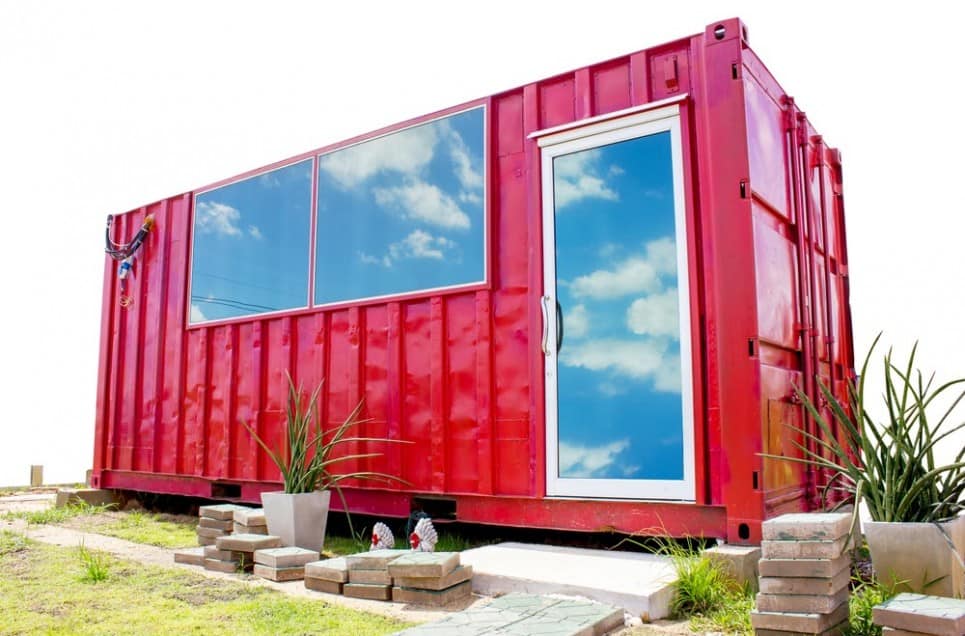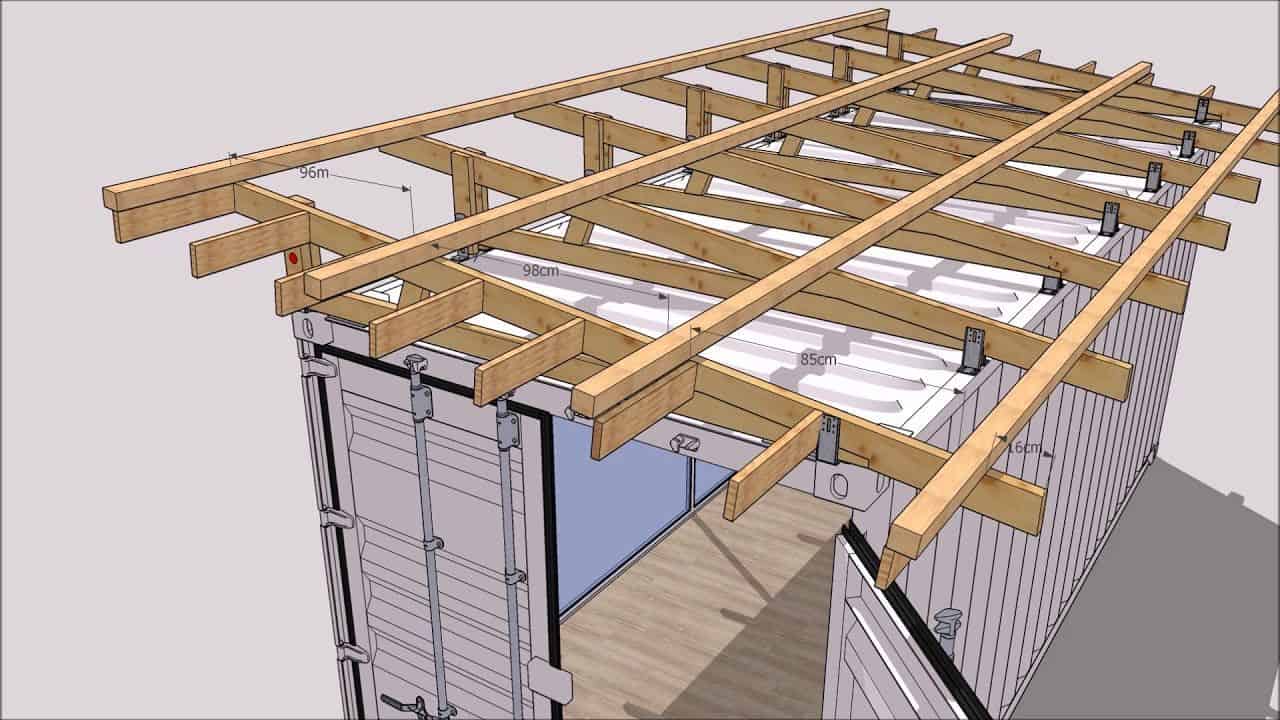Have you ever considered transforming a shipping container into a house? It’s the latest trend for homeowners. Home design has completely changed in the last few years. People are moving away from big mansions and want to live in smaller homes. Not only this, but people want to create intelligent living spaces to enjoy.
The idea of a shipping container home has risen in popularity as they are an excellent option for those who want a home but want to save money on this process. A shipping container also provides an ideal space for renovation if you are interested in completing something. Keep reading to learn all of the do’s and don’ts of shipping container homes. If you want a shipping container home, get ready to discover how durable and eco-friendly your house can become. Not only that, but the cost of welding, cutting, and more. Don’t worry; with these tiny house decor ideas, your shipping container will look like a modern masterpiece!

A Strong, Durable And Eco-Friendly Home
Regardless of your renovation plans, there are huge bonuses to considering a shipping container home. One of the most obvious perks is that they are strong, durable, and eco-friendly. You will want to be mindful of the climate and environment in building a tiny home. Although you might have to consider conditions like snow, this home can withstand almost anything. You can feel comfortable and confident in the structure and bones of your new home. To determine your new home’s true sustainability, it will partly be determined by the materials you choose to build with.

There are so many options for using shipping containers for your build – you can even create a shipping container mansion if that’s what you want. Now, let’s find out what you’ll need to know if this is something you desire. If you seek more of a smaller space, you will be able to save tremendously on your bills, including building materials and reduced energy costs. However, don’t be fooled by its small size. The shipping container tiny homes are sure to withstand even the challenging conditions. Many people have even considered incorporating multiple shipping containers to create square footage.

































































































